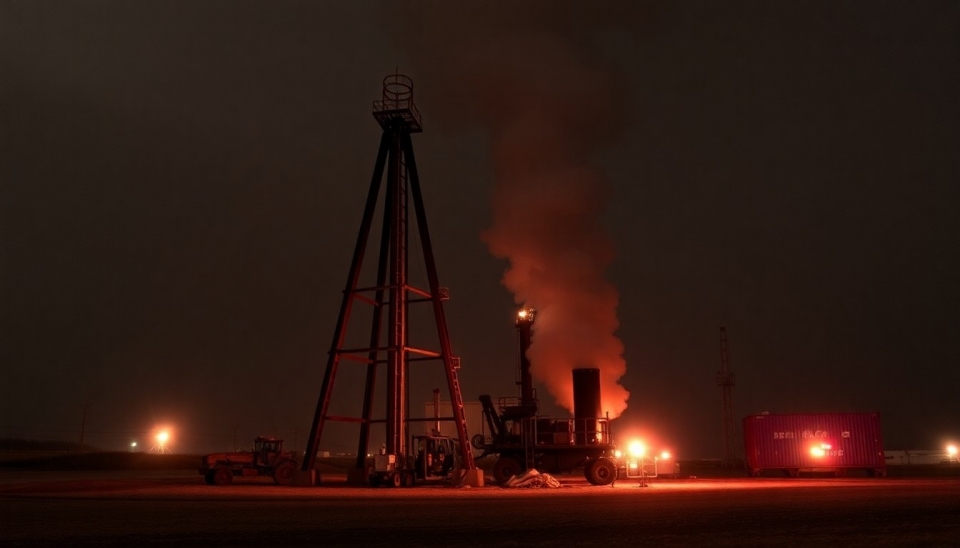
In a surprising twist in the oil and gas sector, U.S. shale stocks are experiencing significant declines, primarily driven by the unexpected fallout from President Trump’s tariff policies. These tariffs, initially implemented to bolster the domestic industry, have instead created an adverse environment for shale producers, complicating their operational landscape and financial outlook.
The latest market trends reveal that shale companies, which were once at the forefront of America’s energy resurgence, are now grappling with the ramifications of increased import taxes on steel and aluminum. These materials are crucial for drilling infrastructure, and the elevated costs have begun to eat into profit margins, prompting investors to reconsider their positions in the market.
Analysts have pointed out that the tariffs, aimed at making American manufacturing more competitive, have inadvertently raised the operational expenses for shale producers. This was not the intended effect of the tax policies advocated by the Trump administration, which sought to pave the way for a drilling renaissance across the United States. What was supposed to be a golden age for shale extraction is now marred by financial strains, leading to a sell-off among investors.
As a direct result of these developments, shale stocks have taken a noticeable hit, with major companies witnessing declines in their stock prices. The companies are feeling the weight of regulatory burdens combined with fluctuating oil prices, and the tariffs have further exacerbated these challenges. The situation has put pressure on executives who had once been optimistic about the industry’s prospects under the current administration.
Industry experts warn that unless there are significant changes in the tariff strategy or an easing of the regulations, the shale sector may be forced to undergo substantial restructuring. This could lead to reduced exploration activities and a lower output, fundamentally altering the dynamics of the oil market in the U.S.
Moreover, the broader implications of these tariffs extend beyond just shale producers. The impact of higher steel and aluminum costs is likely to ripple through the entire energy supply chain. From equipment manufacturers to service providers, the increased costs could slow down projects and lead to layoffs, further dimming the outlook for the American energy landscape.
Even as global oil prices remain volatile, the uncertainty surrounding U.S. tariffs on imported materials adds another layer of complexity for investors and stakeholders within the shale sector. The ongoing struggle highlights the need for a strategic reassessment to reclaim the momentum that the industry had briefly enjoyed prior to these unexpected challenges.
In conclusion, the intersection of Trump-era policies and market realities has left the shale industry grappling with a slew of issues that have resulted in a significant downturn in stock valuations. Moving forward, it will be crucial for stakeholders to navigate these turbulent waters in order to return to a path of growth and stability.
#ShaleStocks #Tariffs #OilIndustry #TrumpPolicies #EnergyMarket #Investing #EnergyResilience
Author: Liam Carter




